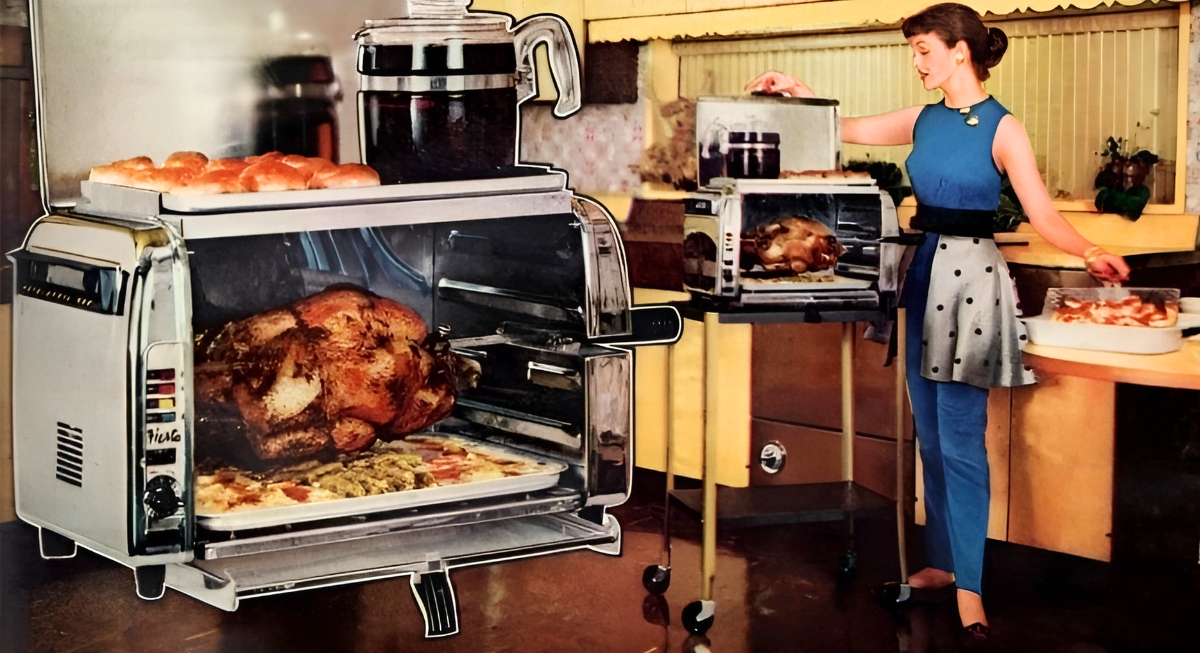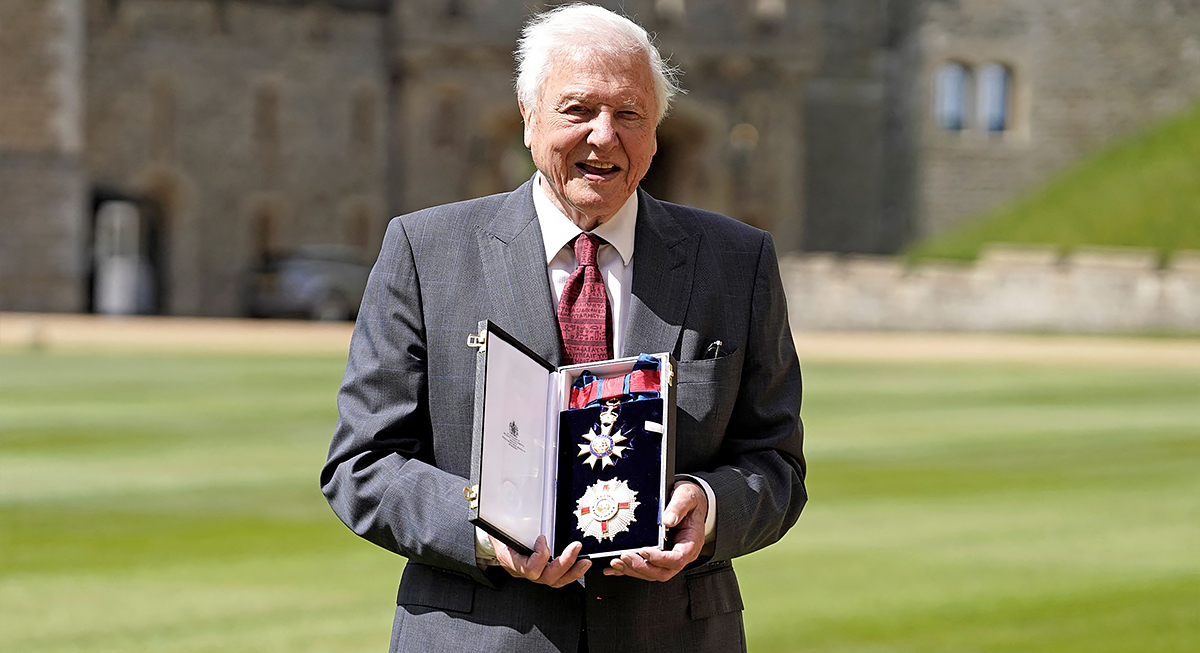During the 1970s, appliance makers pushed boundaries with a steady stream of kitchen gadgets. Their bold colors and striking designs stood out and often took priority over how well something worked. While not every invention stuck around, they reflected a clear effort to rethink how meals were prepared and how kitchens functioned.
Presto Hot Dogger
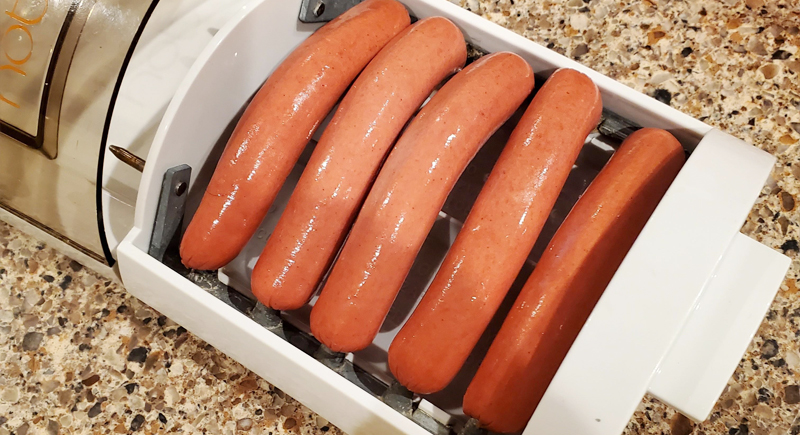
Credit: Reddit
The Presto Hot Dogger offered a different way to cook by running electricity through hot dogs on metal prongs. It took a minute and didn't need water, flame, or a stove. Results varied, with some hot dogs cooking unevenly and a few users noticing a strange taste or smell.
Electric Poppers

Credit: Getty Images
Gadgets like the Wearever Popcorn Pumper ditched the oil and used blasts of hot air to get kernels popping fast. The West Bend Poppery II kept things tidy with a built-in butter melter and a compact design that fit right into the countertop. The setup was oddly complicated for a bowl of popcorn.
Electric Food Dehydrators
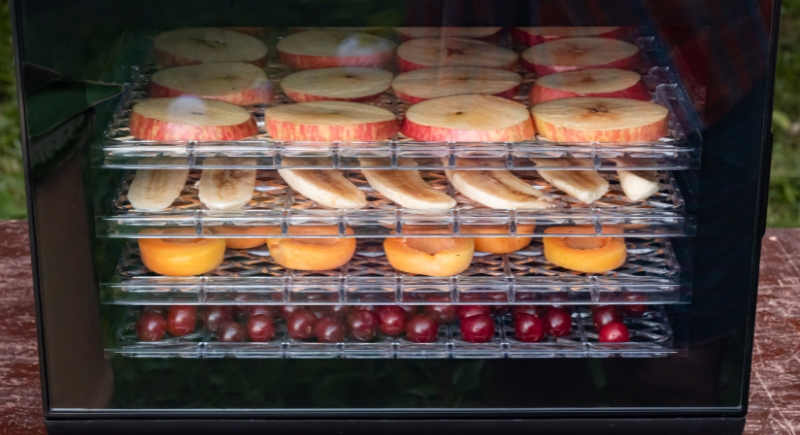
Credit: Getty Images
Electric food dehydrators changed how people stored food at home. The Excalibur ED-700 used stacked trays and a built-in fan to dry fruits, vegetables, and meats by moving warm air through the layers. The process was simple, though the machines often looked bulky and out of place in the kitchen. Plus, most people didn’t have the patience to wait around for their food to dehydrate.
Electric Pasta Makers
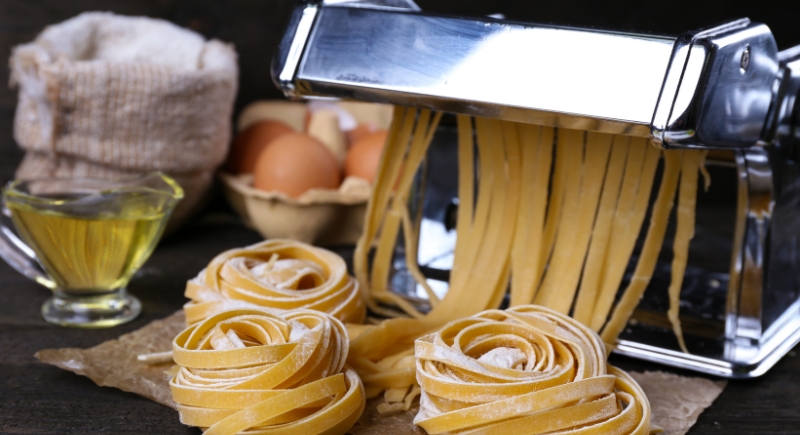
Credit: pixelshot
Electric pasta makers in the 1970s tried to turn a hands-on tradition into an automatic process. Machines like the Bialetti Tuttopasta handled mixing, kneading, and pressing dough into shapes. Users could crank out spaghetti, fettuccine, and more with a handful of metal dies without rolling a single sheet. Despite being a clever idea, the machines were incredibly hard to clean. Not to mention it rarely delivered better results than manual effort.
Rotisserie Ovens
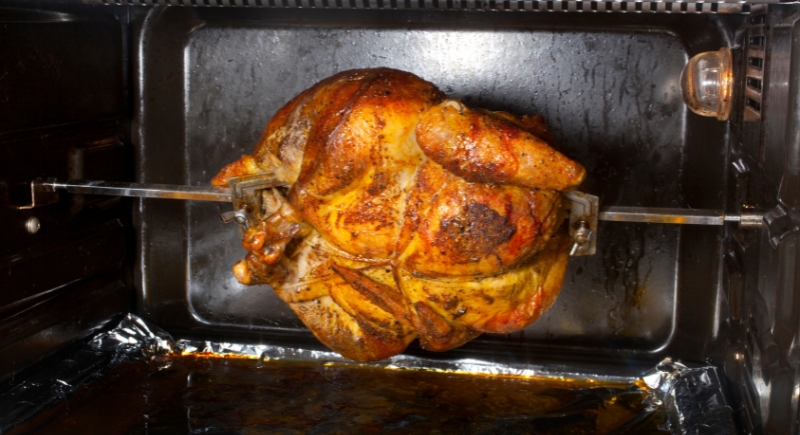
Credit: Getty Images
Roasting meat on a spinning spit was part of the kitchen routine in the 1970s. These electric ovens rotated food slowly, helping it cook evenly without much hands-on work. Some models included basic temperature dials and drip trays, while others added features like self-basting. Eventually, people realized that these machines were hard-to-clean space hogs that were often used once and then stored away.
SodaStream
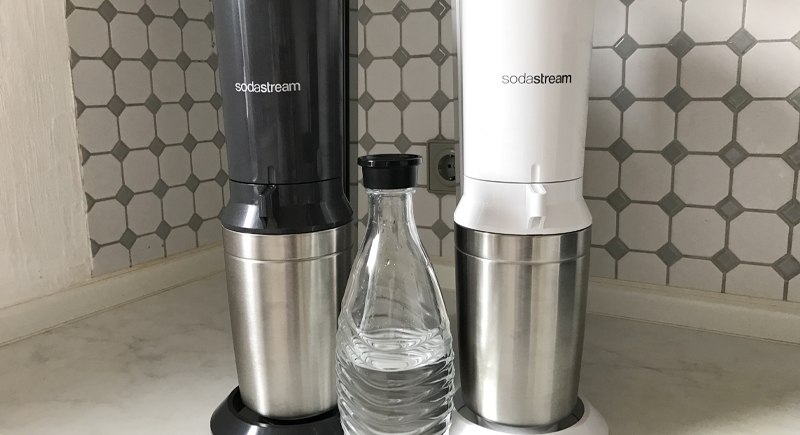
Credit: Wikimedia Commons
Making soda at home in the 1970s was a short, hands-on routine. The SodaStream 101 used CO₂ canisters to carbonate water, which people could mix with flavored syrup. The machine made a loud sound during use, but it allowed users to cut back on store-bought bottles and experiment with homemade drinks.
Oster Hair Dryer
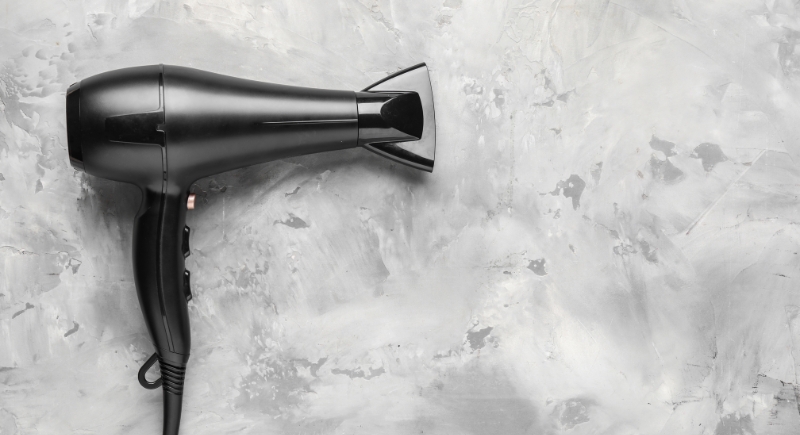
Credit: pixelshot
Hair drying in the 1970s often meant sitting under a plastic hood. The Oster Model 266, with its aquamarine casing and bonnet-style design, was a hands-free option available in a compact case. These dryers were loud, hot, and ineffective. They also didn’t work well on all hair types.
Electric Can Openers
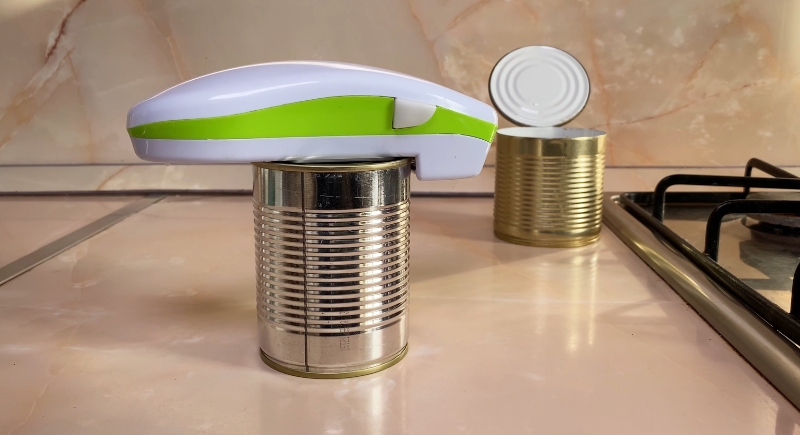
Credit: Getty Images
Turning an electric can opener was a common approach to saving prep time. Brands like Dazey and Sunbeam produced units in standard colors of the time, including avocado green and harvest gold. They were overkill for something that a cheap manual tool handled better.
Electric Ice Crushers
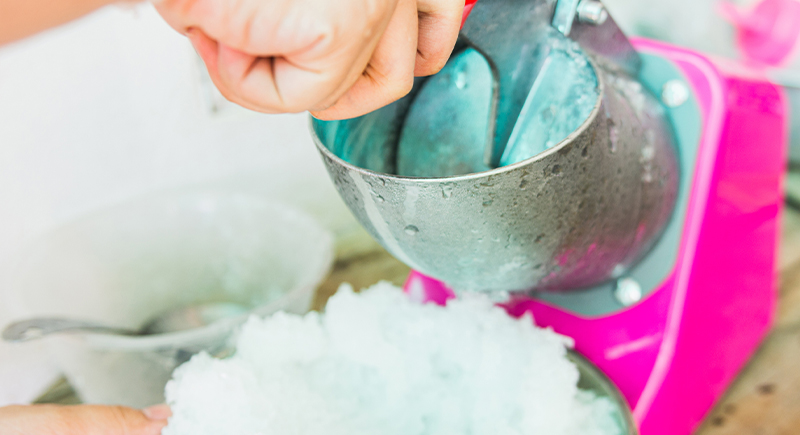
Credit: iStockphoto
Crushing ice at home got a mechanical upgrade in the 1970s. Electric ice crushers from brands like Waring and Rival made it easier to prep drinks. The process was loud and sometimes messy, but even so, these machines were popular in home bars and kitchen counters, especially for casual gatherings and quick prep.
Fondue Pots
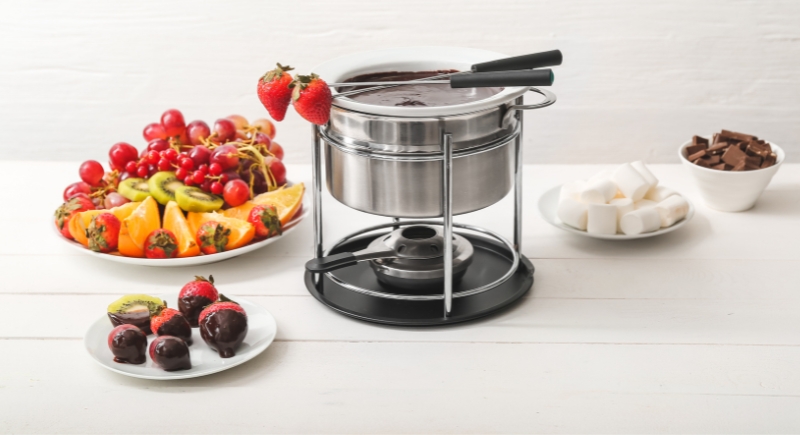
Credit: pixelshot
Fondue pots allowed users to share food straight from the center of the table. Sets typically came with a metal pot, wooden handle, stand, burner, and a handful of color-coded forks. The pots often came in standard colors of the decade, like avocado green or burnt orange. The only problem was that they were messy and hard to keep at a consistent temperature. Users often found half-melted cheese or burned chocolate at the bottom.
Electric Knife Sharpeners
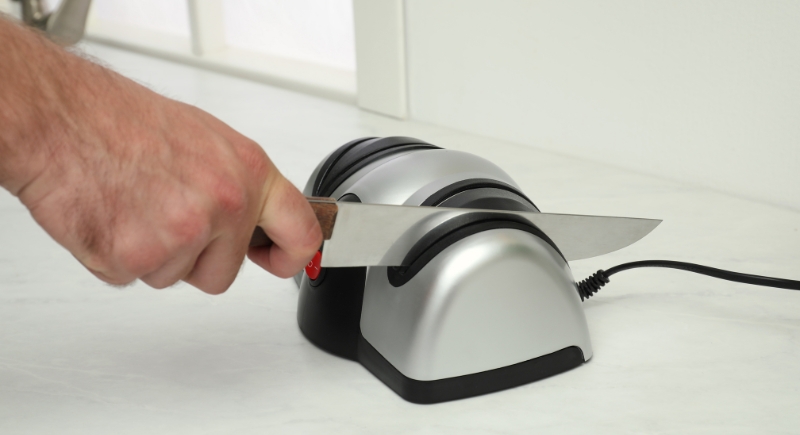
Credit: Canva
Devices like the Oster 511-06B used a split-wheel mechanism to grind knife edges in a simple cream-colored casing. The results were mixed, and they didn't really replace traditional methods for everyone.
Electric Wok
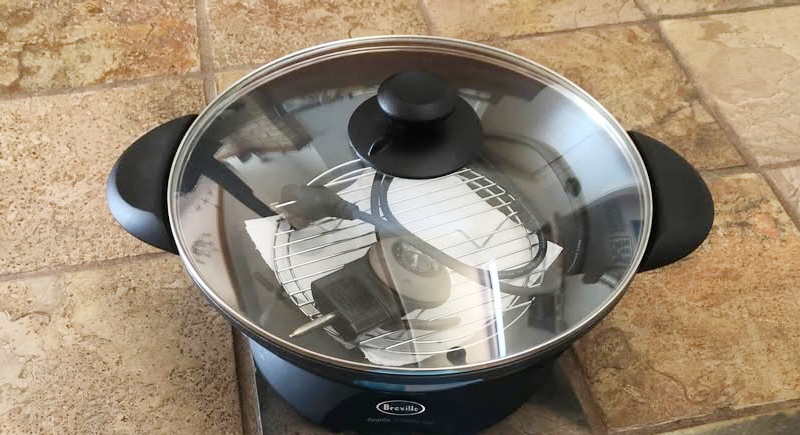
Credit: Facebook
Stir-frying didn't stay on the stovetop for long in the 1970s. Brands like West Bend and Farberware designed wok models with built-in heating elements and adjustable temperature controls. But the novelty wore off fast. Appliances became notorious for uneven heating and poor performance compared to stovetop woks.
Microwave Egg Cookers
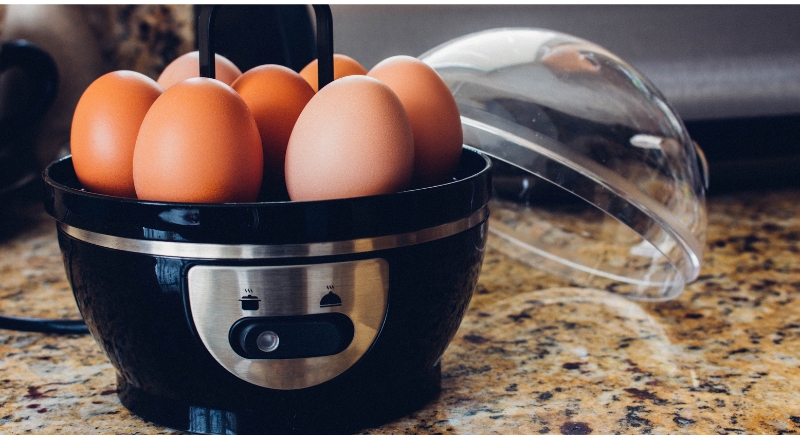
Credit: Getty Images
Microwave egg cookers joined the countertop appliance wave with hopes of eliminating the traditional pan—but often created more trouble than they solved. Many cooked unevenly, while some exploded if you didn’t pierce the yolk just right. The plastic designs stained easily and added clutter for a task most people could manage in a mug or pan.
Countertop Fryers

Credit: Getty Images
Countertop fryers were good for at-home deep-frying but introduced a greasy problem. They filled kitchens with lingering oil smells, splattered hot fat, and weren’t the safest option for casual cooks. Cleaning was tedious, and small fry baskets meant cooking in batches, which defeated the whole “fast food at home” appeal. For most, it was easier to drive to the nearest diner.

